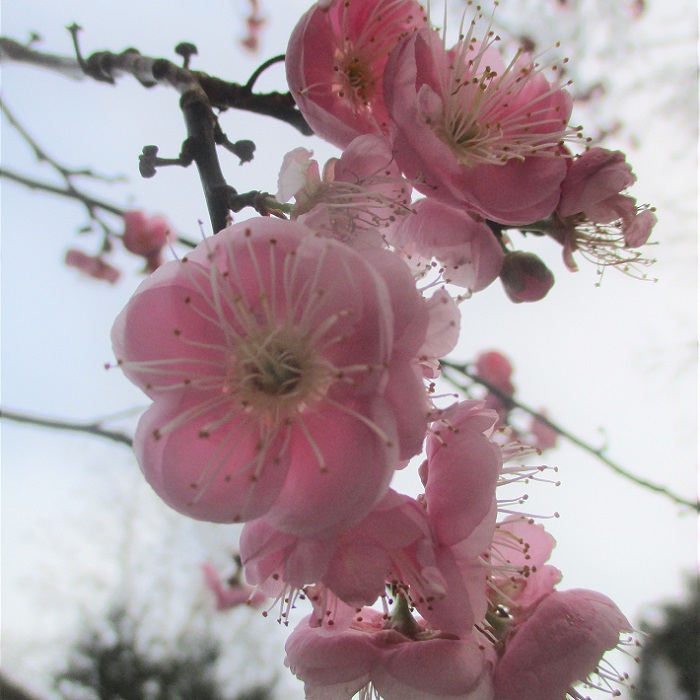UNITED STATES—Unseasonable warmth and dryness has been great this winter. Such weather is often an advantage of this locally mild climate. Chill never gets too harsh. Rain does not continue for too long. However, even by local standards, the weather has been unusually dry and warm for quite a while. Although appealing to people, it can get disruptive horticulturally.
Obviously, a lack of rain eventually becomes a lack of moisture. Some evergreen plants, potted plants, ground cover plants and lawns may already need watering. Although rain, or lack thereof, does not affect availability of water from municipal sources, it determines when irrigation with such water becomes necessary. It will be sooner than later this year.
Obviously, warmth accelerates this process. It draws moisture both from intact evergreen foliage and the soil below. (Dormant deciduous plants still do not lose as much moisture without foliage.) Unseasonable aridity (minimal humidity) and wind intensify the effect of unseasonable warmth. Desiccation is not the worst consequence of the weather though.
Too much good weather can be bad.
Unseasonable or premature warmth might stimulate premature spring bloom and growth. This can be very disruptive for plants that rely on sustained chill to maintain their minimal dormancy requirements. Peonies that are marginal where they normally experience their minimal chill requirements might be dissatisfied with inadequate chill through this winter.
Even for plants that do not require much or any chill, premature bloom can be vulnerable to normal aspects of wintry weather if and when it resumes. Flowering cherry trees might bloom during sustained warmth. Such bloom would be quite susceptible to damage from resuming winter rain. Resumed chill might stall premature magnolia bloom until it molds.
Prematurely developing fruit, accelerated by unseasonable warmth, is also vulnerable to resumption of wintry weather. Heavy rain, which is still possible through the remainder of winter, can dislodge freshly pollinated flowers, or small fruit as it begins to develop. More developed fruit is vulnerable to rot or mold during cool and damp weather prior to spring.
Highlight: Flowering Apricot
Even when weather is more typical for the local climate, many types of flowering apricot, Prunus mume, bloom during winter. Flowers seem to be a bit more resilient to wind, rain and frost than those of flowering cherry that bloom a month or so later. Nonetheless, they are delicate and share their white or pastel pink color with wintry landscapes only briefly.
Although many garden varieties of flowering apricot are fruitless, some, particularly feral trees, produce fruit. Some of such fruit is desirable to those who utilize it. However, most is unpalatable without specialized processing. Flowering apricot works as understock for a few related trees, so occasionally grows from the roots of such trees after their removal.
Flowering apricot is quite rare locally, which is why it seems to be so unseasonable as it blooms so early. Like flowering cherry and plum, it blooms on otherwise bare stems prior to generating new foliage for spring. Copious bloom of garden varieties is nicely fragrant. Flowers are nearly an inch wide. Mature trees are about 10 to more than 20 feet tall, and almost as broad.
Horticulturist Tony Tomeo can be contacted at tonytomeo.com.







